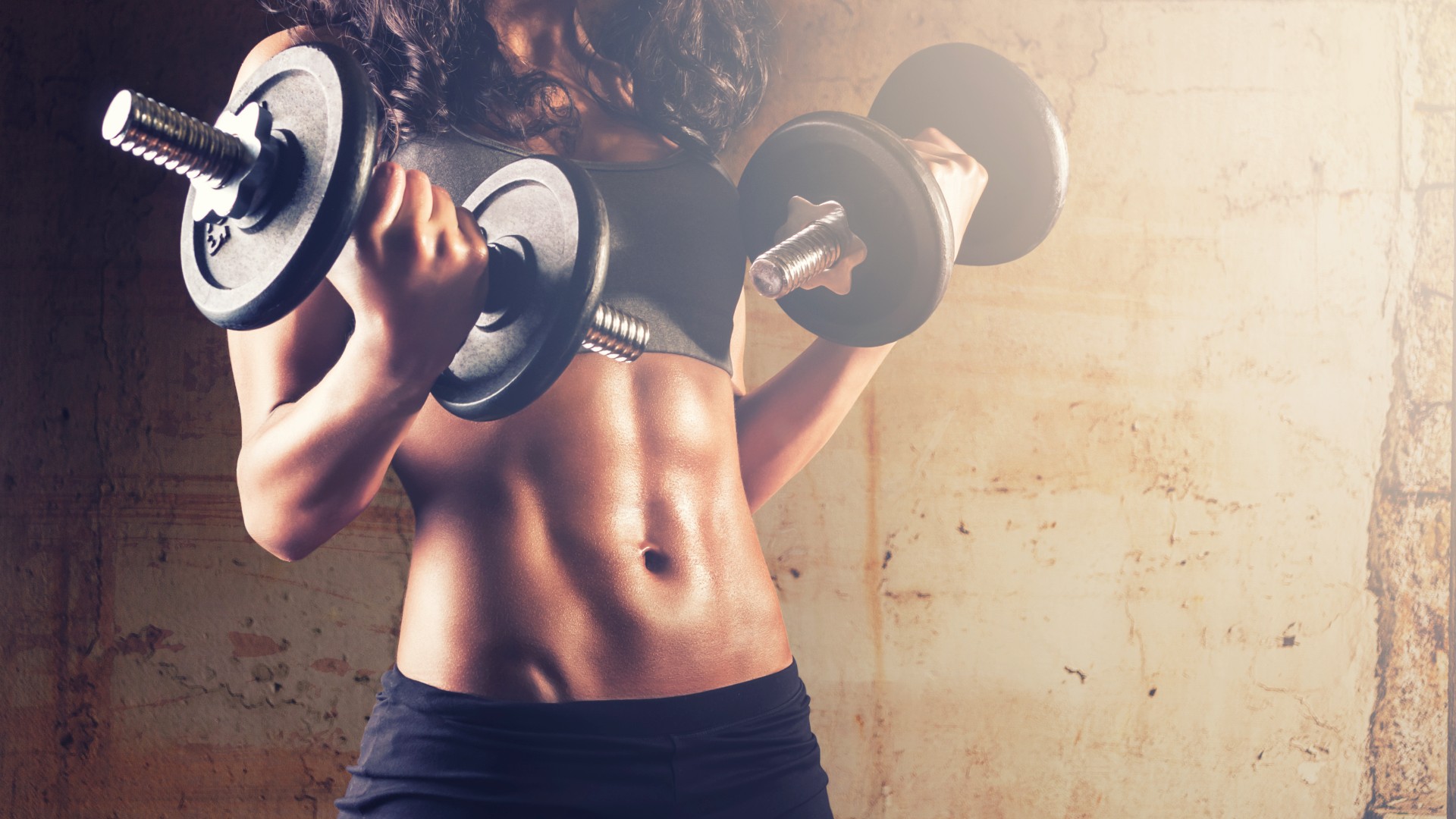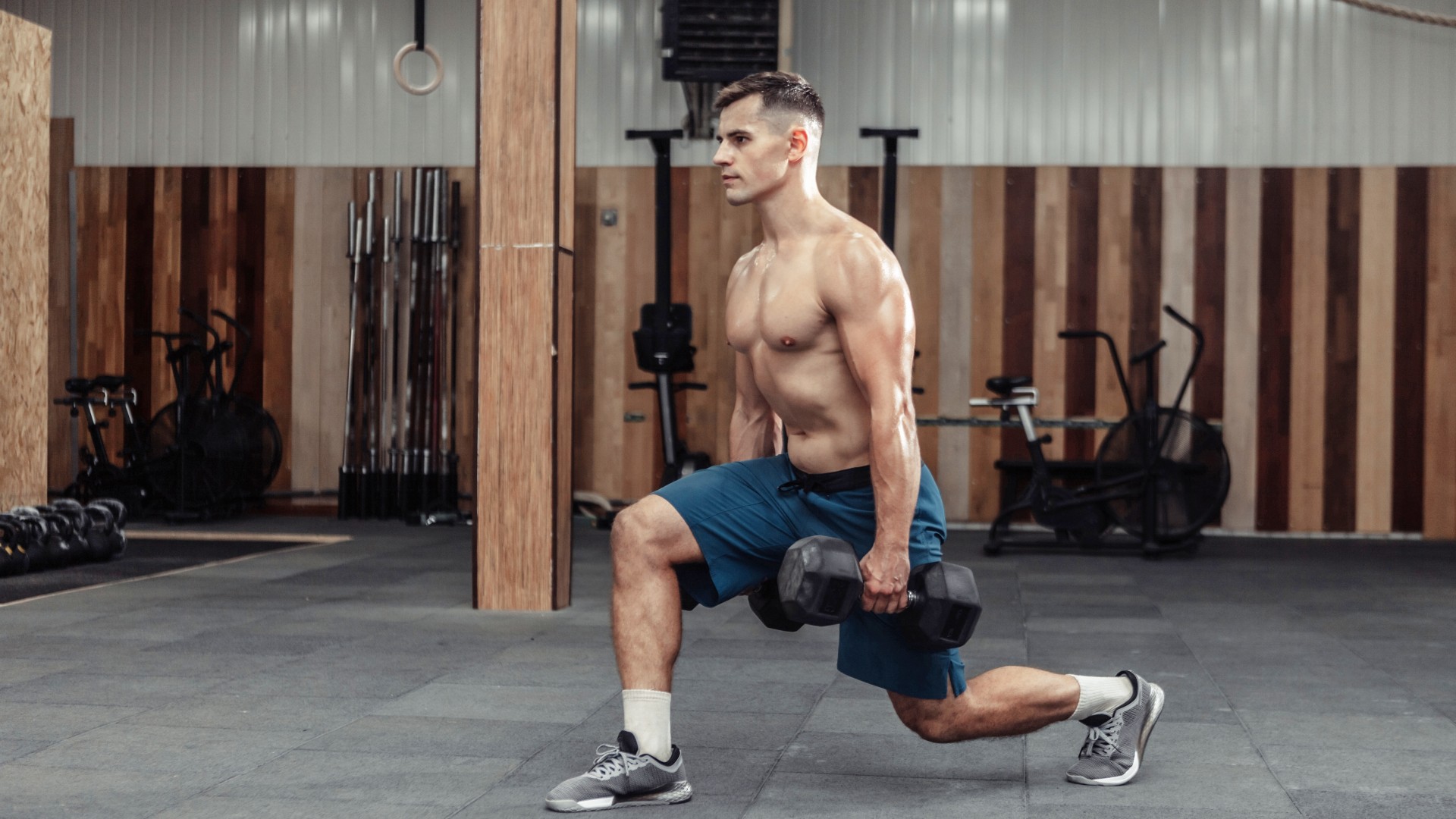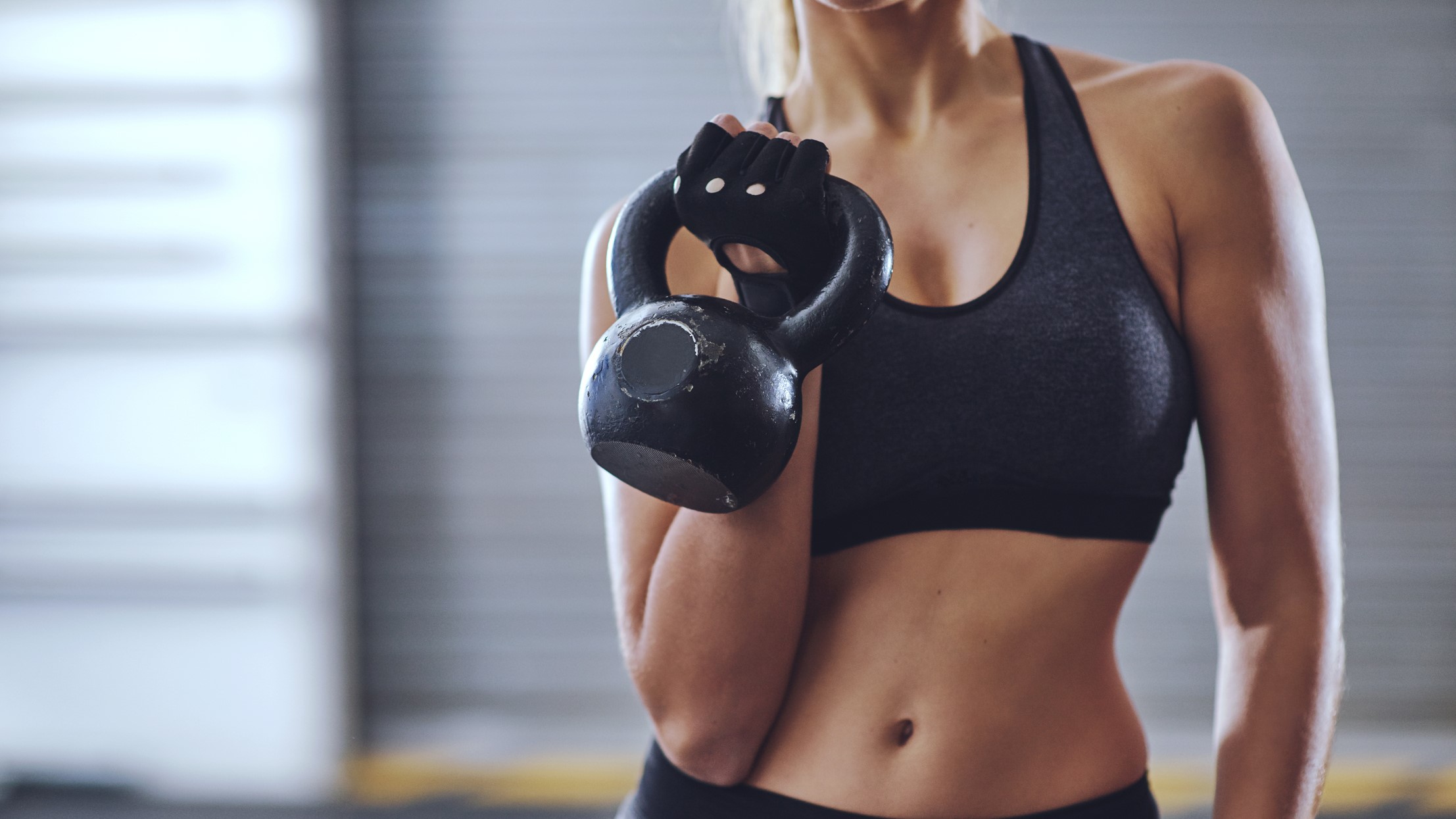
As a personal trainer, I’ve shared plenty of tips with clients over the years — from ways to build sustainable training habits to how much protein you should consume or methods to progress strength training programs (progressive overload, in case you’re interested).
But honestly, the best tip I could share with anyone is this: choose free weights over machines in the gym. And before the resistance machine purists kick off, let me explain why I believe free weights are the way forward if you want to build strength and muscle.
Free weights like dumbbells, the best kettlebells and barbells are by far the most effective and efficient way to build strength and lean muscle mass, and below I explain why.
Free weights vs resistance machines: What’s the difference?
Firstly, what’s the difference?
I remember first stepping foot in a gym and not knowing what to pick up or why. Free weights pertain to barbells, dumbbells and kettlebells, whereas machines include the leg press, smith machine, or bench press machine, for example.
Machines can be pin or plate-loaded to increase resistance — cable machines are typically pin-loaded so that you can quickly adjust the weight stack on the fly (super helpful if you prefer drop sets and supersets). In contrast, plate-loaded machines like the leg press require you to add plates as you increase resistance. A bit more of a faff, but they help you pack on a lot more weight, and fast.
Free weights vs resistance machines: Which is better for building strength and muscle?
What I (and many others) love about free weights is this — freedom. You can move in any plane of motion without limitation, which enables a better range of motion and more natural movement, whereas machines create a fixed movement pattern. Unlike the Smith machine, which supports the body through exercise, free weights force more muscle groups, like your stabilizer muscles, to recruit and work harder during exercise. You’re solely responsible for controlling the weight from start to finish.
Sign up to get the BEST of Tom's Guide direct to your inbox.
Get instant access to breaking news, the hottest reviews, great deals and helpful tips.
Whether you’re aiming to build muscle or strength (here’s more on the hypertrophy vs strength training debate), free weights teach balance, coordination and control without limiting your range of motion using machines. In fact, unless I’m working on isolation exercises with a client — think leg curls or extensions — I rarely put them on a machine.
The result? Better range of motion, more muscle fibers activated, developing natural movement patterns and improving functional movement — that means moving in a way that resembles daily tasks like pushing or pulling.
Free weights: Pros and cons
Free weights are brilliant tools for improving functional fitness, building strength, power and muscle, burning calories and developing a more coordinated, balanced body. You name it, free weights can handle it. You can also access a far greater library of exercises using them; they can be picked up during strength and conditioning regimes, out-and-out cardio, or maximal strength training.
Dumbbells and kettlebells allow you to work unilaterally (single-sided), which trains both sides of the body to recruit together, ironing out potential muscular imbalances within the body — a weaker left side, for example. According to some research, unilateral training could strengthen underused muscles and improve stability. For example, performing a single-arm overhead lunge with a dumbbell requires core strength and shoulder stability to keep you balanced as you lunge, and allows you to work your upper and lower body together — a move you won’t replicate on any machine.
Exercises like pulls, rows and presses become more natural using free weights, teaching your body to handle moves in a similar way to how you would in daily life, which is what functional training is all about. This way, you can target more muscles, joints, and bones, learning to engage muscles correctly.

If you're unsure about barbells vs dumbbells, barbells help develop maximal strength and power and build muscle as you can keep adding plates over time. Many find their forearm strength and grip limit their ability to go heavier using dumbbells, whereas barbells can be racked into any position using a squat rack.
It’s a brilliant method for challenging muscles to adapt and grow, and more suitable if your goal is to develop technical lifts found in Olympic lifting (cleans, snatches, or jerks) or a one rep max. Barbell training also activates the fast-twitch muscle fibers responsible for explosive movement found in heavy weightlifting.
Moreover, you can use free weights at home or in the gym, and they’re more accessible and less intimidating for beginners new to weightlifting or those favoring a home workout. But what about machines?
Resistance machines: Pros and cons
When entering a gym, the sheer number of technical-looking machines can be overwhelming, confusing to use or simply unavailable during peak hours. In theory, machines are safer than free weights, but it’s harder to build strength and muscle when using them. I believe you can learn better movement quality using free weights, which keeps you safer in the long run.
The only times I hit the machines or encourage clients to do so is during isolation exercises like the leg curl when I can quickly fatigue a muscle group without moving around or faffing with weights. Dropsets and supersets work well with pin machines for that reason, and machines are also great for beginners who might need more support learning a movement pattern first, especially when muscles begin tiring towards the end of sets.
Machines are great for accessory exercises. I might program a session on how to deadlift as the main focus of a leg day program, then include supersets of dumbbell Bulgarian split squats and walking lunges, finishing with leg curls on a machine to finish the hamstrings off at the end of working sets.
For many people, it helps them to learn on a machine first or use them when form is slipping. For others, machines prevent other parts of the body taking over an exercise and forces the relevant muscle groups to work. The problem is, some muscles don't activate properly during machine-based workouts.
Bottom line
There’s a time and place for machines and free weights, but the best tip I’ve learned in the gym is to prioritize free weights when training for functional strength and muscle gains.
If you’re new to any gym machines or free weights, I would always recommend speaking with a personal trainer or member of staff at your local gym before attempting to use them. If you’re a seasoned gym-goer, for heavier sets using barbells or dumbbells, I also recommend using a spotter to keep a close eye on your form and help if you lift to failure and need to drop the weight.
And if you’re suffering from an injury, always seek medical guidance before starting a new exercise — whatever equipment you choose.
Functional 4-move kettlebell complex to try

A kettlebell complex is the ultimate way to try functional training. During a complex, you’ll combine several exercises into a flow-like sequence, moving with the full range of motion we mentioned above. A complex-style workout torches the major muscle groups, engages smaller stabilizer muscles and ramps up cardio training.
This Oh My Quad 4-move kettlebell leg workout builds your quads and glutes without machines.
More from Tom's Guide

Sam Hopes is a level 3 qualified trainer, level 2 reiki practitioner and senior fitness writer at Tom's Guide. She is also currently undertaking her Yoga For Athletes training course. Sam has written for various fitness brands and websites over the years and has experience across brands at Future such as Live Science, Fit&Well, Coach, and T3.
Having worked with fitness studios like F45 and Virgin Active, Sam now primarily teaches outdoor bootcamps, bodyweight, calisthenics and kettlebells. She also coaches mobility and stretching-focused classes several times a week and believes that true strength comes from a holistic approach to training your body.
Sam has completed two mixed doubles Hyrox competitions in London and the Netherlands and finished her first doubles attempt in 1:11.
